02 Sep What is an Examination for Discovery?
If you are involved in a court case, you will likely be asked to attend at an Examination for Discovery. As a layperson, you may wonder what that is.
Examinations for Discovery take place before the trial. They are usually held in a lawyer’s boardroom or at a court reporter’s office. Although the person being examined takes an oath or gives a solemn affirmation to tell the truth, there is no judge present. The only people in the room are the lawyers, the person being examined and the court reporter.
In a personal injury claim, the Examination for Discovery will focus on two main issues: liability and quantum of damages. With respect to liability, the lawyer for one driver will ask the other driver questions about how the crash occurred, the speed they were travelling, whether they were wearing glasses, etc.
The injured party will be asked questions relating to quantum of damages, such as what their injuries are, what medical care they have received and how the injuries have affected their day to day life. This will include descriptions of their pain and suffering, as well as loss of enjoyment of life. It is also common for them to be asked questions about their work (both past, present and future) and how their injuries have affected that aspect of their life.
The court reporter records each question and its answer, and then provides a transcript (written record) of the examination. The transcript, or portions of it, may be used to cross-examine a witness at trial. For example, if you give an answer at the Examination for Discovery and then give a different answer at trial, the transcript may be used to show you are an unreliable witness.
If you have never attended an Examination for Discovery before, it is perfectly normal to feel a bit anxious about it. At Acheson Sweeney Foley Sahota, we are very experienced in this regard and will take the time to thoroughly prepare you for the Examination for Discovery so you feel confident and assured.


